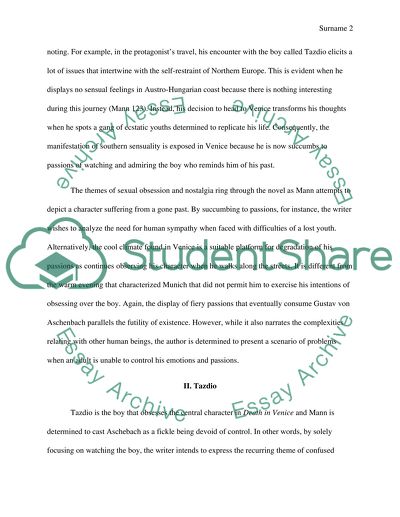Cite this document
(“Mann shows Aschenbachs struggle to balance his newfound passion and Essay”, n.d.)
Mann shows Aschenbachs struggle to balance his newfound passion and Essay. Retrieved from https://studentshare.org/literature/1641343-mann-shows-aschenbachs-struggle-to-balance-his-newfound-passion-and-career-through-his-travel-obsession-with-tazdio-and-literary-work-in-death-in-venice
Mann shows Aschenbachs struggle to balance his newfound passion and Essay. Retrieved from https://studentshare.org/literature/1641343-mann-shows-aschenbachs-struggle-to-balance-his-newfound-passion-and-career-through-his-travel-obsession-with-tazdio-and-literary-work-in-death-in-venice
(Mann Shows Aschenbachs Struggle to Balance His Newfound Passion and Essay)
Mann Shows Aschenbachs Struggle to Balance His Newfound Passion and Essay. https://studentshare.org/literature/1641343-mann-shows-aschenbachs-struggle-to-balance-his-newfound-passion-and-career-through-his-travel-obsession-with-tazdio-and-literary-work-in-death-in-venice.
Mann Shows Aschenbachs Struggle to Balance His Newfound Passion and Essay. https://studentshare.org/literature/1641343-mann-shows-aschenbachs-struggle-to-balance-his-newfound-passion-and-career-through-his-travel-obsession-with-tazdio-and-literary-work-in-death-in-venice.
“Mann Shows Aschenbachs Struggle to Balance His Newfound Passion and Essay”, n.d. https://studentshare.org/literature/1641343-mann-shows-aschenbachs-struggle-to-balance-his-newfound-passion-and-career-through-his-travel-obsession-with-tazdio-and-literary-work-in-death-in-venice.


